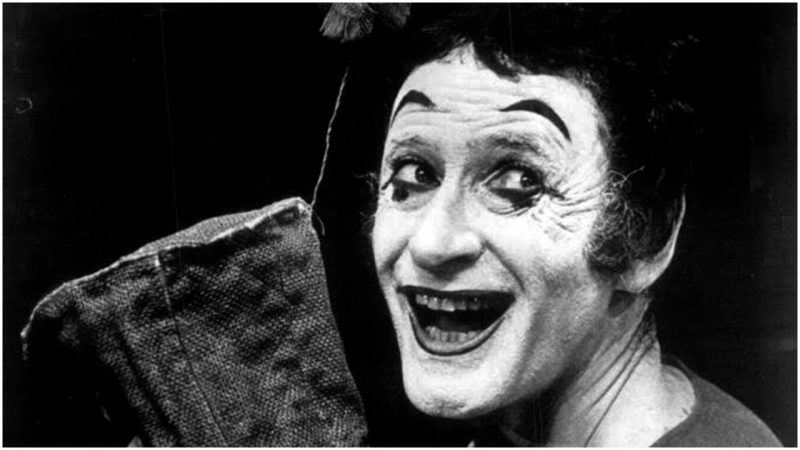The French mime artist Marcel Marceau made a name for himself as the silent Bip the Clown, whose performance was comedic and tragic at the same time, echoing life itself in its mixture of happiness and sadness.
What is far less known about Marcel Mangel, who changed his name to Marceau during the German occupation of France during the second world war, was that he was an active participant within the French resistance, who managed to evacuate an entire orphanage full of Jewish children just before they were to be deported to a concentration camp.
Coming from a Jewish family living in Strasbourg, in the border area between France and Germany, Marcel, who was 16 at the time, was among the first to witness the horror of German invasion. Together with his family, the teenage Marcel was evacuated from Strasbourg, just before it was overrun. They headed south to Limoges, a municipality in central France.
From that point on, Marcel Mangel knew he had to fight for his survival. As the French Army capitulated after a month of fighting, Mangel changed his name to Marceau after a general from the French Revolution, François Séverin Marceau-Desgraviers.
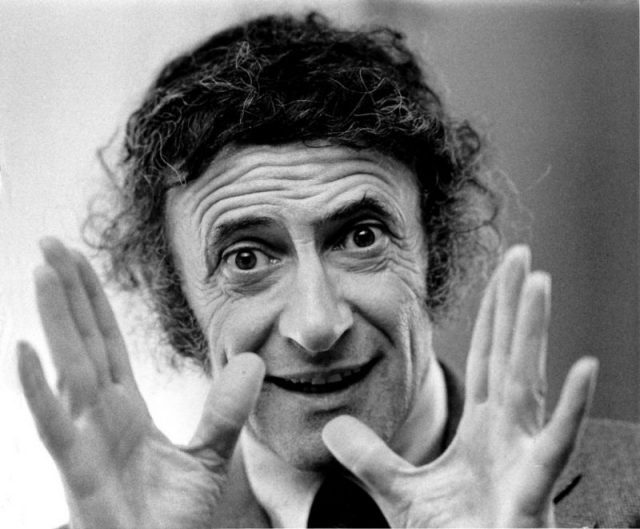
Together with his cousin, George Loinger, he joined the Resistance, staying undercover by using his nom du guerre, even though his father, Charles, was caught and sent to Auschwitz, where he died. His knowledge of both English and German, in addition to his native French, and the acting talent which young Marcel expressed at an early age, all came in handy during numerous diversions and intelligence missions conducted by the resistance.
He managed to avoid detection from the Gestapo throughout the war years with the help of forged papers and fake identities. In 1944, the Nazis were in a hurry to dispose of the remaining Jewish population in France, as the war was approaching its bitter end.
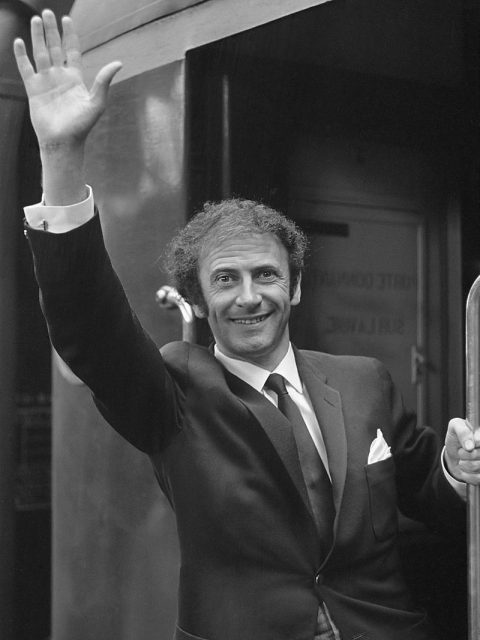
There were several hundred Jewish children living in an orphanage just west of Paris, whose evacuation became a top priority for the Resistance. Marcel was given the task to somehow get the children out of the orphanage without alerting the Nazi authorities and to transport them to Switzerland.
He disguised himself as a boy scout and managed to convince the orphanage staff that he was taking the kids on a field trip organized by the French scouts. Did they believe him, or did they comply because it was well-known what kind of grim future awaited the children if they weren’t evacuated? This remains a mystery, but the anecdote of how exactly Marcel managed to make three runs from the orphanage to the Swiss border, evacuating hundreds of children, is both remarkable and inspiring.
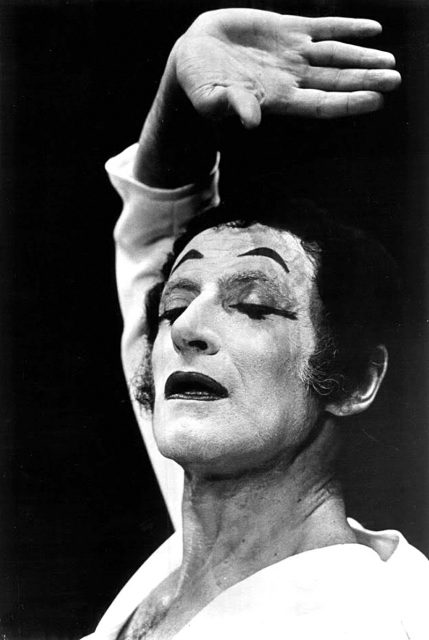
Since childhood, Marcel was fascinated with Charlie Chaplin. In fact, his later career as a mime performer was largely influenced by the charm of Chaplin’s Little Tramp character. Once the Jewish orphans were ready for transport, Marcel needed to keep them quiet in order to avoid detection.
But how does one keep so many children quiet? By captivating their imagination with a miraculous mime performance―one that Marcel Marceau personally devised. It worked every time.
Phillipe Mora, whose father fought alongside Marcel, said in an interview for the Sunday Morning Herald in 2009:
“Marceau started miming to keep children quiet as they were escaping. It had nothing to do with show business. He was miming for his life.”
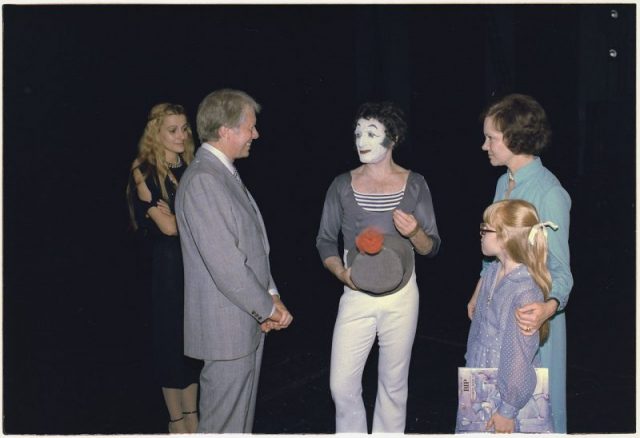
George Loigner also remembered how his cousin calmed the children and persuaded them to stay quiet in an interview for the Jewish Telegraph Agency in 2007, just after Marcel’s death:
“The kids loved Marcel and felt safe with him. He had already begun doing performances in the orphanage, where he had met a mime instructor earlier on. The kids had to appear like they were simply going on vacation to a home near the Swiss border, and Marcel really put them at ease.”
Soon after, the Allies embarked upon the shores of Normandy, liberating France in the following months. Marcel and his cousin George joined the Free French Army and continued their push towards Berlin. What the mime performer later called his greatest exploit as a soldier was when he captured an entire German unit, together with several other French soldiers, as he acted like they were the advance guard of a much larger French force. In fact, Marceau and a few men were all alone, but the Germans assumed that it was better to surrender than face a whole French division in battle.
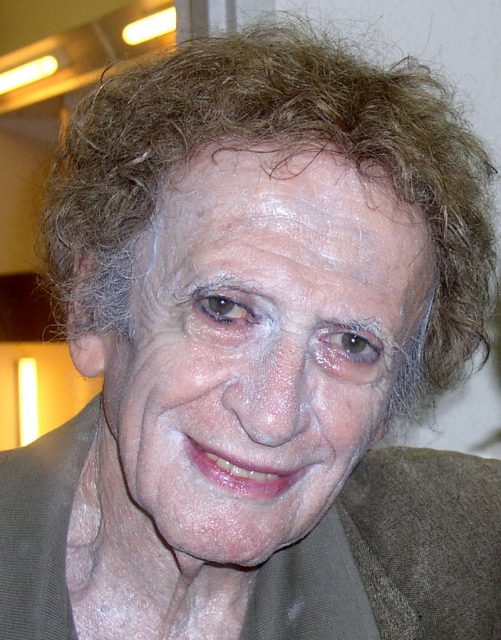
This story, in particular, grew into a myth which widely circulated for years. The myth stated that Marceau used his mime to demonstrate to the Germans from a distance that a large French force was approaching, making them retreat, but this was denied by Marceau and Loigner, who gave the exact account during his interview, following Marceau’s death.
His military service actually got young Marceau into acting and performing, as he was invited to appear in front of 3,000 US troops in Frankfurt, Germany, just after the war ended. Marceau himself recalled the moment when the army shaped his future, at a Wallenberg Medal acceptance speech in 2001:
“I played for the G.I.s and two days later I had my first review in the Stars and Stripes.”
His contribution to the French Resistance was never forgotten and the pain of his father’s death in Auschwitz determined the sadness that remained forever present in his mime skits. Marcel Marceau died in 2007, leaving a legacy that defined the art he pioneered.
